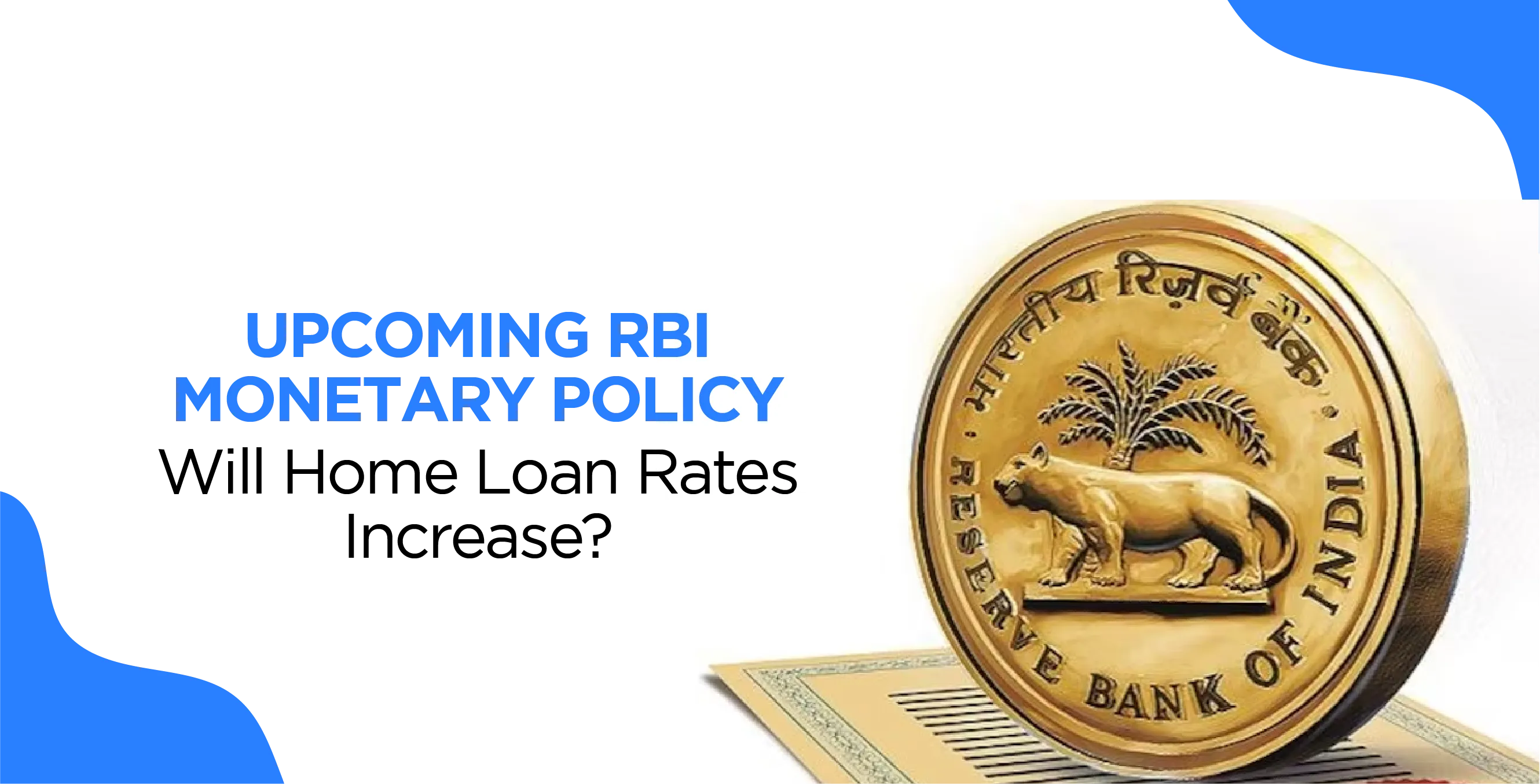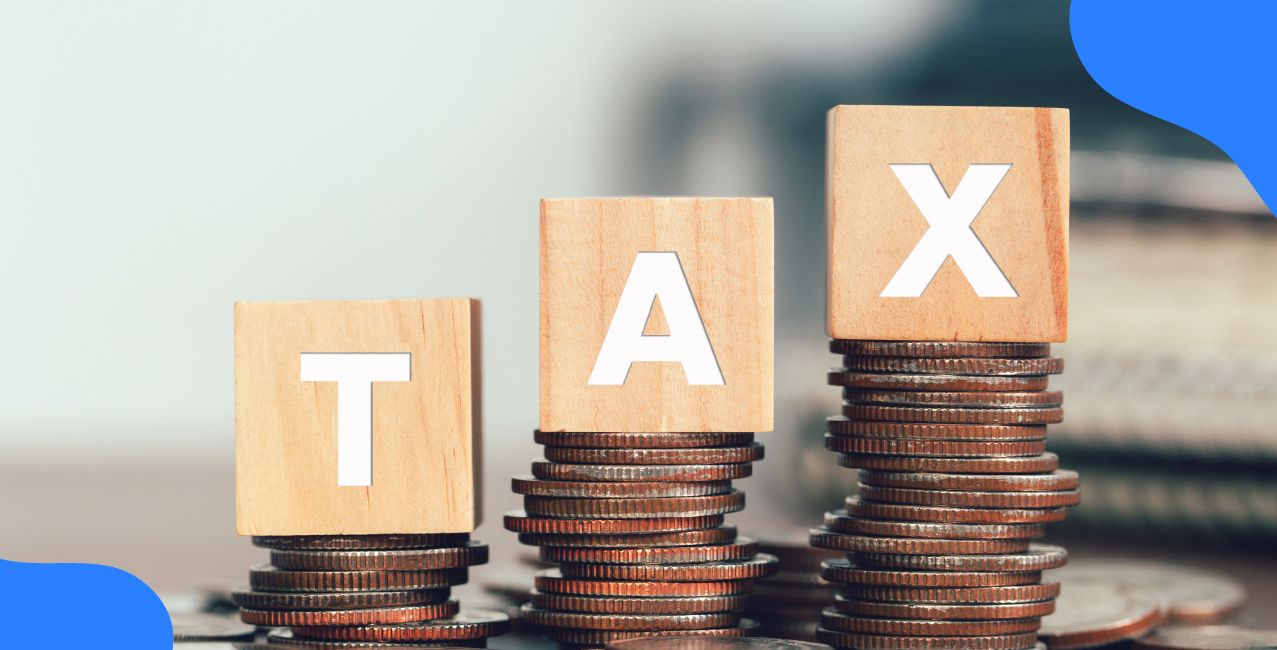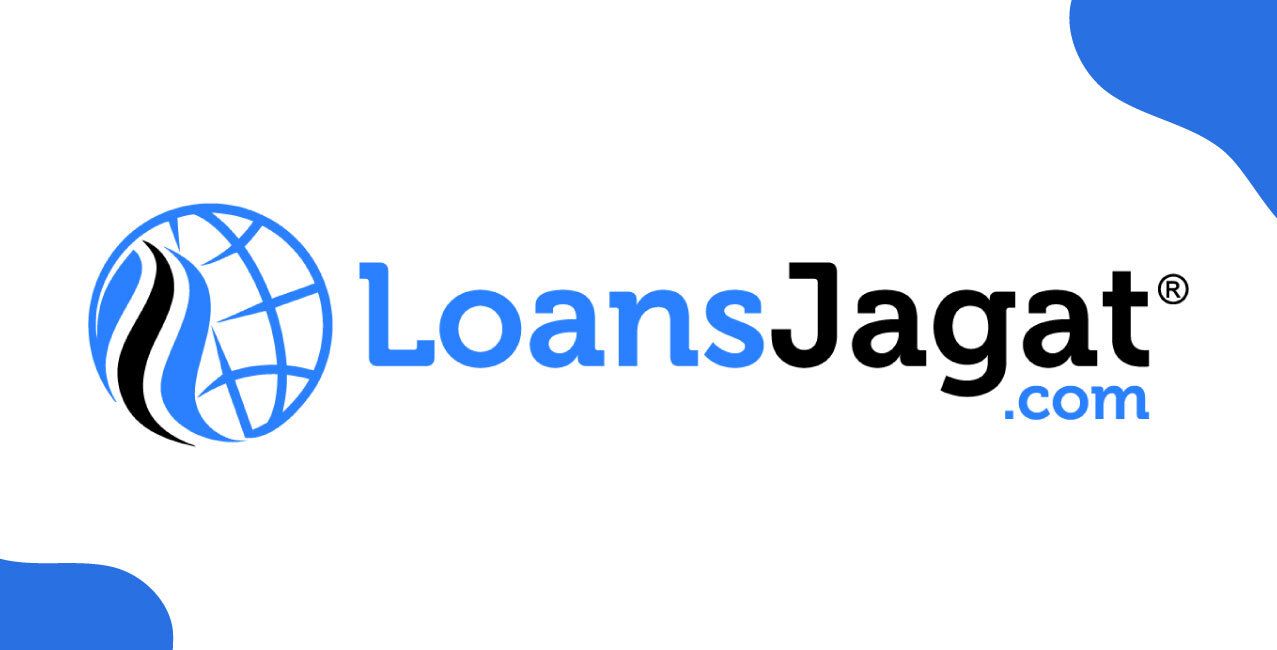
Author
LoansJagat Team
Read Time
5 Min
14 May 2025
Upcoming RBI Monetary Policy: Will Home Loan Rates Increase?
Radha took a home loan of ₹60 lakh for a 20-year tenure at an interest rate of 9%. Now, if RBI reduces the repo rate by 0.25%, and her bank passes on the benefit, then her interest rate comes down to 8.75%.
Particulars | Before (9% Interest) | After (8.75% Interest) |
Loan Amount | ₹60,00,000 | ₹60,00,000 |
Tenure | 20 years | 20 years |
Monthly EMI | ₹53,983 | ₹52,884 |
Total Interest Payable | ₹69,56,053.76 | ₹67,25,434.21 |
Total Savings | - | ₹2,30,619.55 |
She is saving ₹1,099 every month now, for a total of over ₹2.3 lakh over 20 years.
Isn’t this interesting? How such small change results in huge savings of over ₹2 lakh.
This is why every time the central bank’s Monetary Policy Committee (MPC) meets, we watch closely to see if the repo rate will decrease, increase, or keep the same.
With the next MPC meeting around the corner, let’s break down what we can expect, how it could impact your EMIs, and whether home loan rates might decrease.
What Is The Repo Rate And Why Does It Matters?
When commercial banks need money quickly, they borrow it from the central bank, and the interest they pay on that loan is called the repo rate. When it increases, borrowing becomes more expensive. Likewise, when it reduces, loans become cheaper.
Read More - RBI Cuts Repo Rate by 25 Basis Points to 6%
In short,
- Repo rate ↑ → Loan cost ↑ (more expensive)
- Repo rate ↓ → Loan cost ↓ (cheaper)
The repo rate is 6.00%, based on the latest update in April 2025.
The last MPC meeting was held on April 9, 2025. During this meeting, the central bank reduced the repo rate by 25 bps. It brought the repo rate down to 6.00% from 6.25%. (1 basis point = 0.01%, so 25 bps = 0.25% cut)
This has fuelled our expectations that banks might pass on the benefit to home loan borrowers.
How Do Banks Pass The Benefit To Borrowers?
These days, many home loans are tied to the Repo-Linked Lending Rate (RLLR), which adjusts whenever the repo rate changes. This simply means that whenever the repo rate changes, banks revise their policy accordingly.
For instance,
- To find the Bank RLLR, add the Repo Rate to the Bank Spread.
- If Repo = 6% and Spread = 2.15%, then RLLR = 8.15%
If the bank doesn’t change its spread after the repo rate drops, the RLLR will also decrease, directly reducing your home loan interest.
Will Home Loan Rates Go Below?
Several experts predict that banks will also decrease their rates in the coming weeks after the revised repo rate. According to some projections, home loan interest rates may fall below 8% for some borrowers with good credit scores.
Current Interest Rate on Home Loan by Major Banks Post 25 bps Reduction
Name of the Bank | Rate of Interest (%) | Credit Score Requirement |
SBI | 8.00% - 9.15% | 750+ |
HDFC Bank | 8.50% onwards | 750+ |
ICICI Bank | 8.75% onwards | 750+ |
Axis Bank | 8.75% - 12.80% | 750+ |
Kotak Mahindra | 8 | 750+ |
Rates are close to the 8% mark. If you are a borrower with high creditworthiness, you may get offers below 8%, mainly for loans above ₹30 lakh.
EMI Savings Based On Loan Amount
Your loan amount is the main factor in deciding the actual benefit of a repo rate reduction. Let’s understand with a few more examples how much you can save:
Amount of Loan | EMI @9% | EMI 8.75% | Savings Each Month | Savings in 20 Years |
₹25 lakh | ₹22,493 | ₹22,035 | ₹458 | ₹1,09,891 |
₹50 lakh | ₹44,986 | ₹44,070 | ₹916 | ₹2,19,782 |
₹75 lakh | ₹67,479 | ₹66,10 | ₹1,374 | ₹3,29,673 |
₹1 crore | ₹89,972 | ₹88,140 | ₹1,832 | ₹4,39,564 |
You can clearly see how reducing 25 bps can significantly impact your savings.
Fixed Vs Floating Rates: Who Benefits?
If your loan has floating rates linked to RLLR or MCLR (Marginal Cost of Lending Rate), you can benefit from changes in the repo rate.
Type of Loan | Repo Rate Linked | Benefit from Repo Rate |
Floating (RLLR) | Yes | Yes |
Floating (MCLR) | Partial | Possibly |
Fixed Interest Loan | No | No |
If your loan has a fixed interest rate, you would not benefit directly from the rate change. You might need to refinance to a floating rate to take advantage of the decreasing interest.
Should You Refinance Your Home Loan Now?
Also Read - RBI Rate Cuts Hint at Lower EMIs
If your home loan rate is above 9%, refinancing to a lower rate could help you save a significant amount. However, refinancing makes sense only if:
- You have at least 10–15 years remaining on the loan.
- The new interest rate is at least 0.50% lower.
- Prepayment or transfer charges are minimal.
Particulars | Existing Loan | New Loan (Refinanced) |
Rate of Interest | 9.25% | 8.25% |
Amount of Loan | ₹40,00,000 | ₹40,00,000 |
Tenure Left | 15 years | 15 years |
EMI | ₹41,011 | ₹38,918 |
Total Savings (15 years) | - | ₹3,76,820 |
You can see that even 1% drop in rate can cut your EMI by over ₹2,000 per month. You could save up to ₹3.8 lakh over the next 15 years of your loan.
Final Thoughts
You might have understood by now that the latest repo rate cut has opened a window of opportunity for home loan borrowers.
A small deduction of 0.25% might not sound much but you have already seen how you save lakhs of rupees over time.
If the central bank keeps reducing rates like this, it is possible that home loans may get even more affordable. It will be helpful for both new buyers and existing borrowers.
It's a smart time for you to look at your loan and see if you can lower your interest or monthly payments.
FAQs
1. Is it a good time to switch from fixed to floating rate?
If you see that the rates are reducing, then you can switch to a floating rate as it can help you in reducing long-term costs.
2. Is there any possibility that interest on a home loan will go below 8%?
Yes, there is a possibility. If the repo rate drops further, banks reduce their spread.
3. Will my EMI be reduced automatically if the repo rate is cut?
It is possible only if your loan has a floating rate and your bank decides to pass on the benefit.
4. Does a fixed-rate home loan get affected by repo rate changes?
No, it would not affect. It will stay the same.
About the Author

LoansJagat Team
‘Simplify Finance for Everyone.’ This is the common goal of our team, as we try to explain any topic with relatable examples. From personal to business finance, managing EMIs to becoming debt-free, we do extensive research on each and every parameter, so you don’t have to. Scroll up and have a look at what 15+ years of experience in the BFSI sector looks like.

Quick Apply Loan
Subscribe Now


